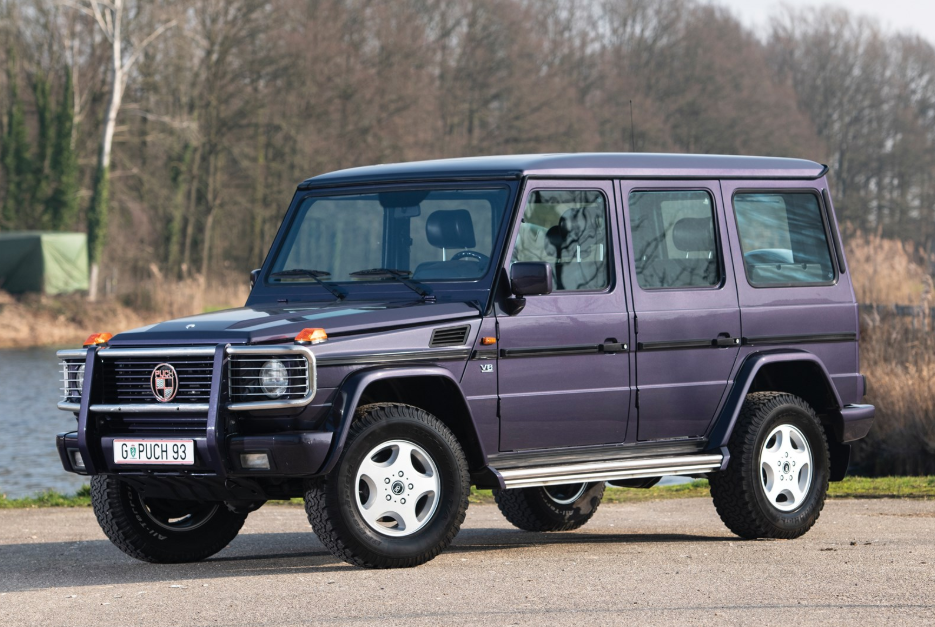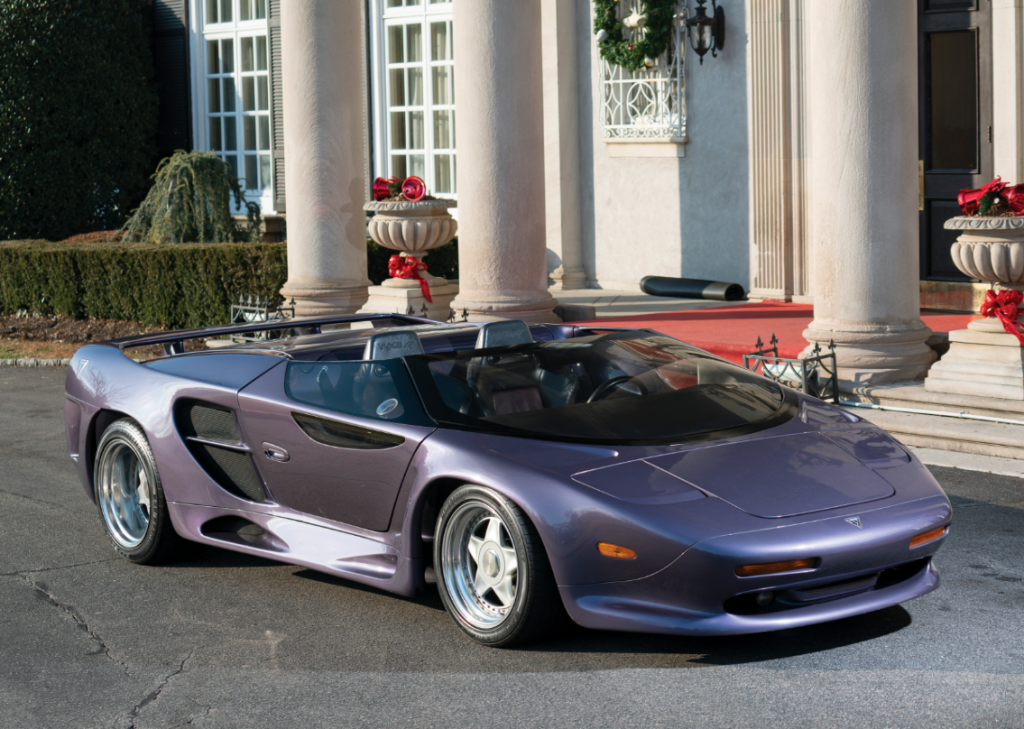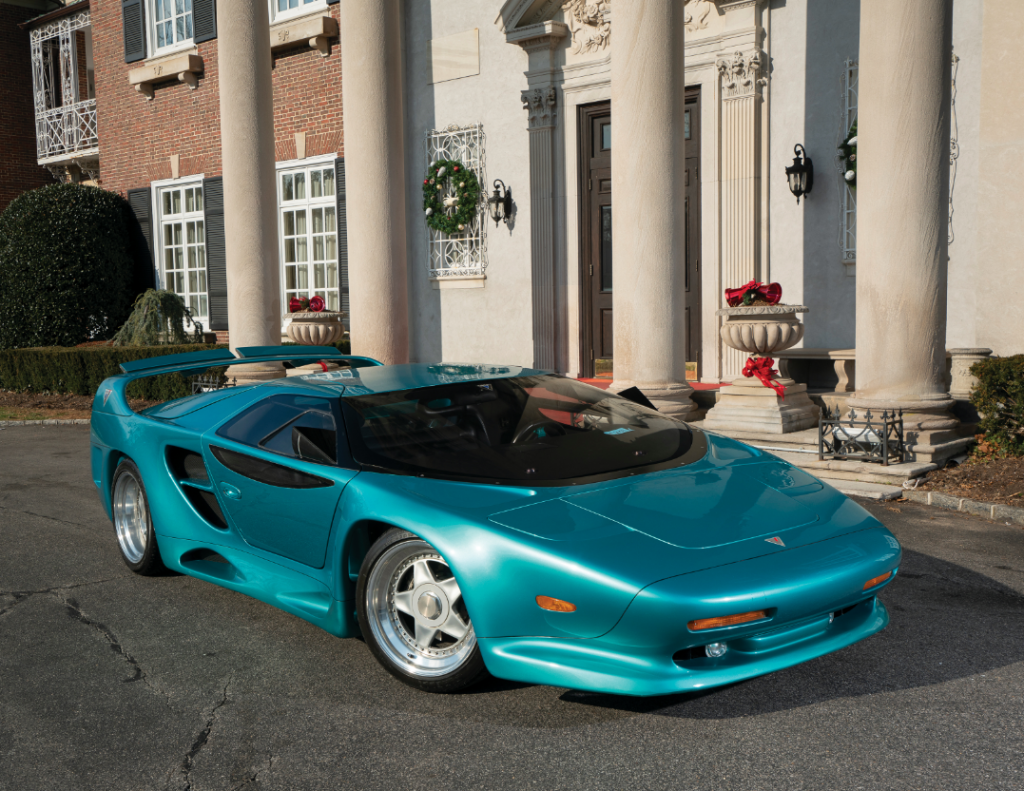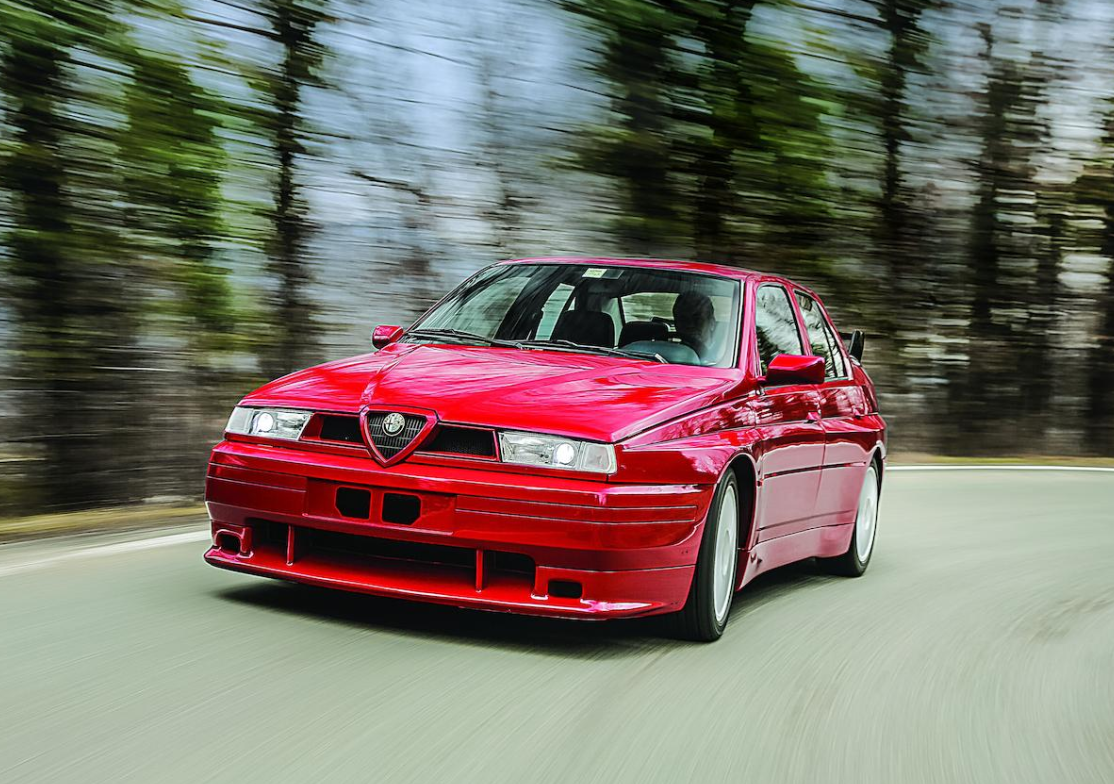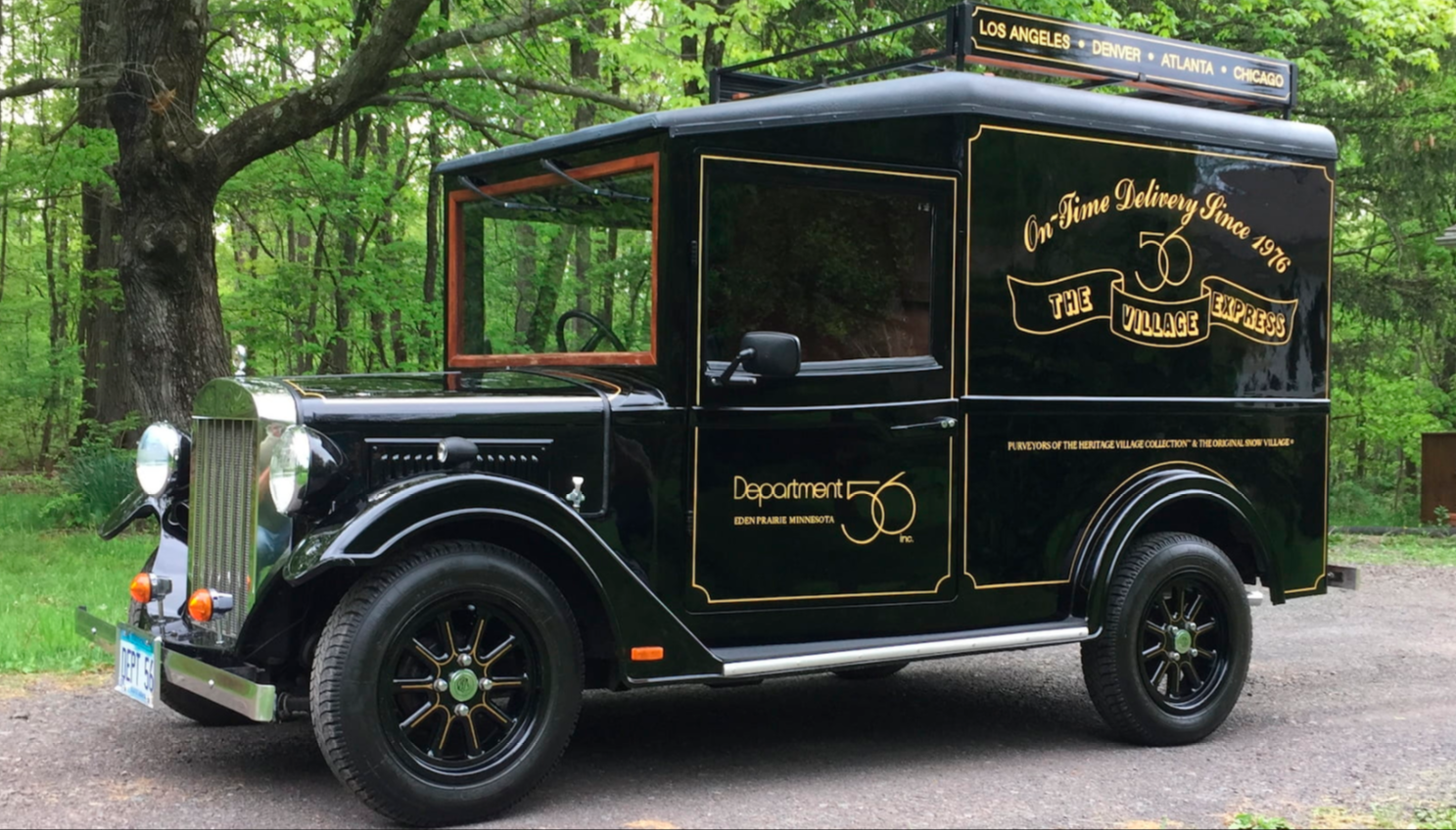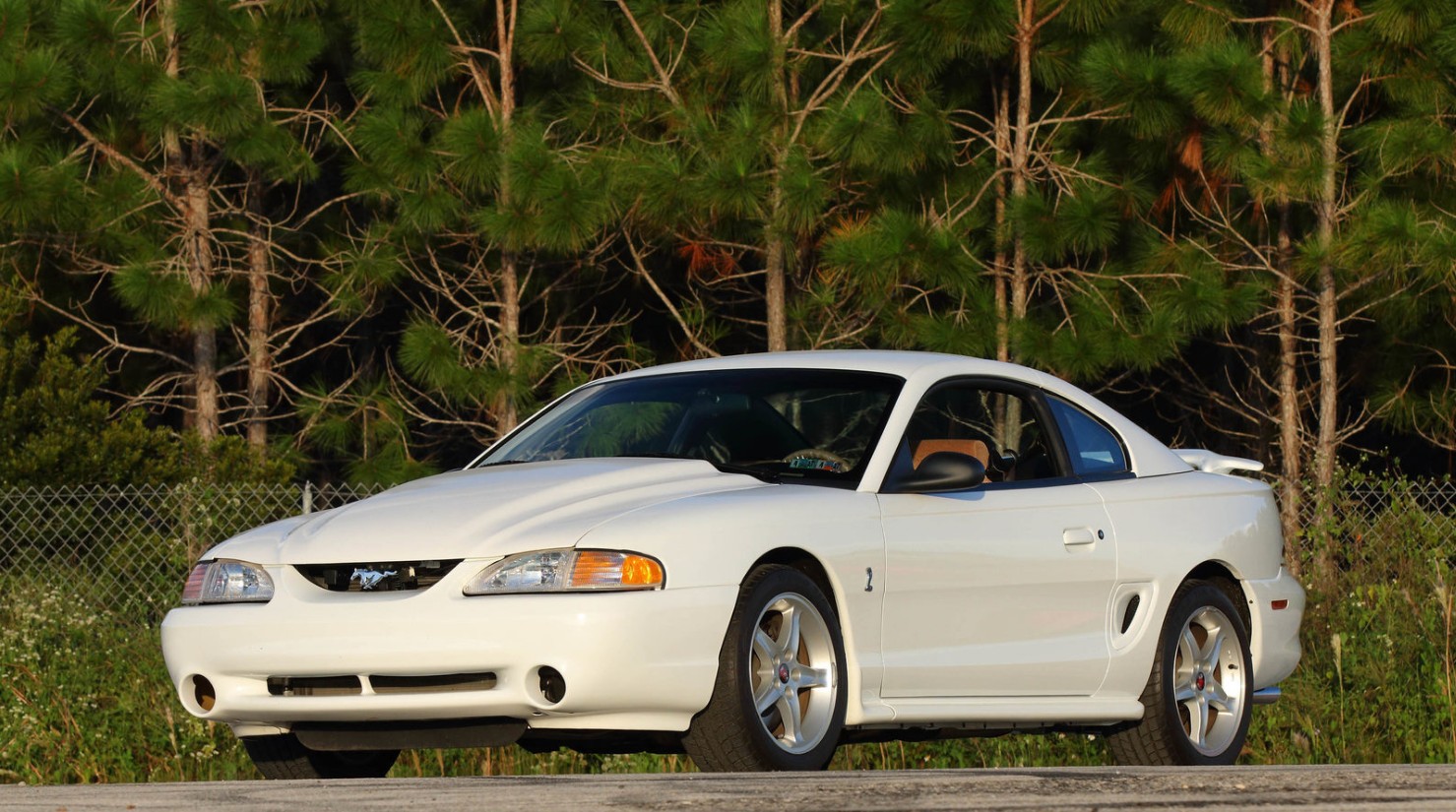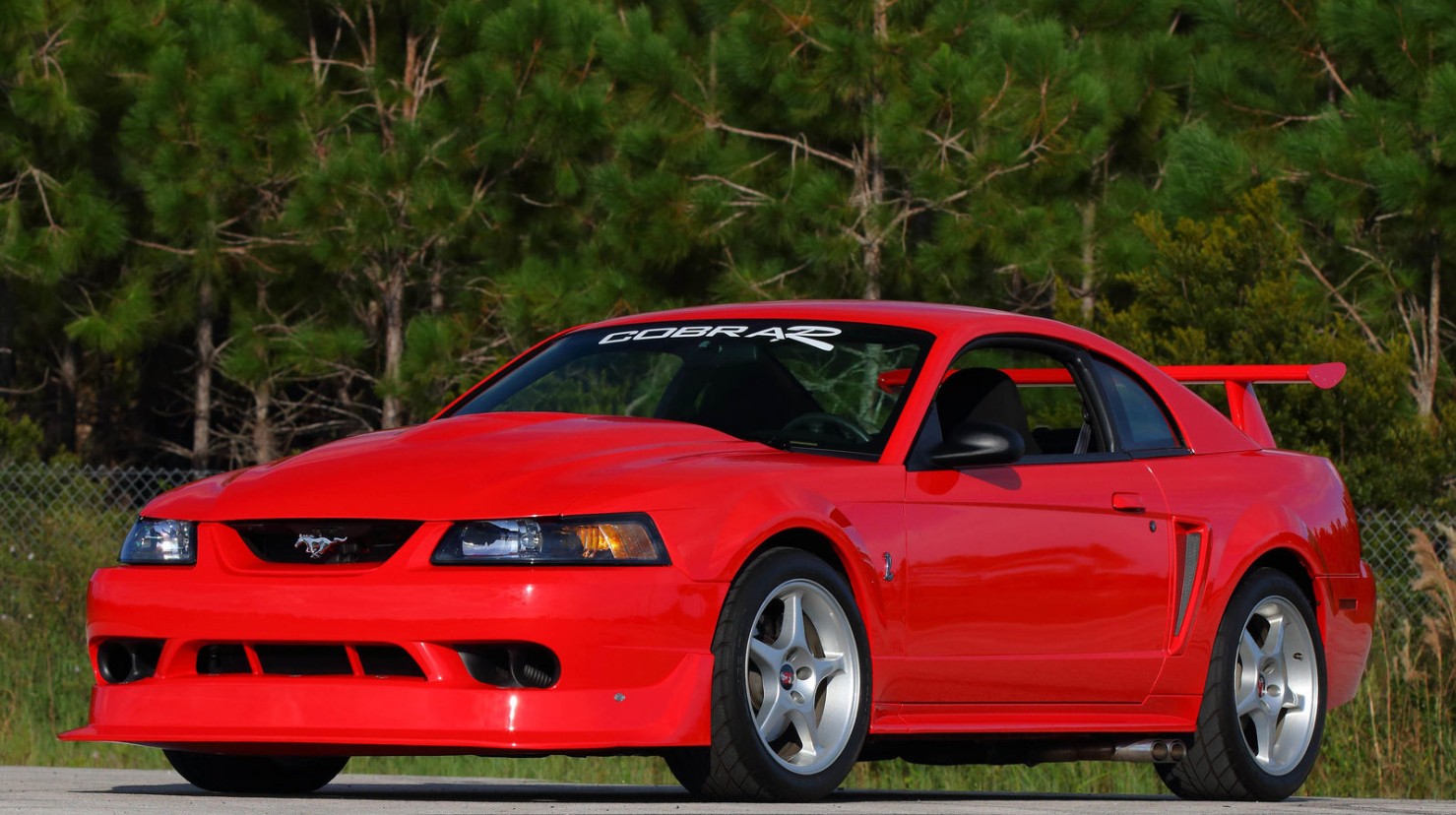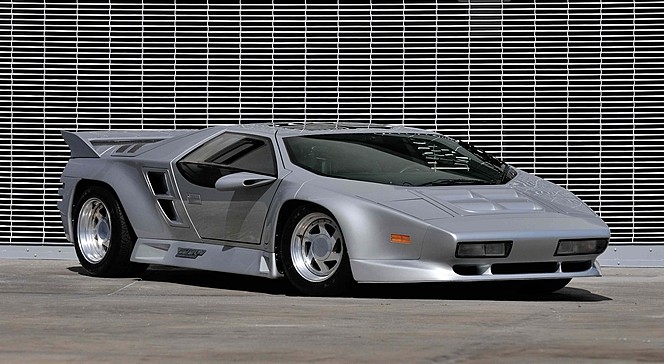The 1993 Porsche 911 Carrera RS Models
Offered by RM Sotheby’s | Amelia Island, Florida | March 10, 2018
1993 Porsche 911 Carrera RS 3.8

Photo Courtesy of RM Sotheby’s
The 964 was the generation of Porsche 911 cars produced between 1989 and 1994. These were air-cooled cars and were offered as coupes, cabriolets, and targas. A Turbo went on sale in 1990 but Porsche had something more exclusive in mind with the Carrera RS series of cars that first went on sale in Europe in 1992.
For 1993, Porsche introduced the Carrera RS 3.8, which was a Europe-only model. It was a lightweight, rear-wheel drive road car powered by a 3.8-liter flat-six making 300 horsepower. It also sported the body and styling from the 911 Turbo. Sold through 1994, only 55 examples of this car were built.
This is the second-to-last car built and it has been in the U.S. on a “Show and Display” license since 2015. It’s a super rare 911 road car that will demand big money when it goes under the hammer next month. Click here for more info.
Update: Sold $1,655,000.
1993 Porsche 911 Carrera RSR 3.8
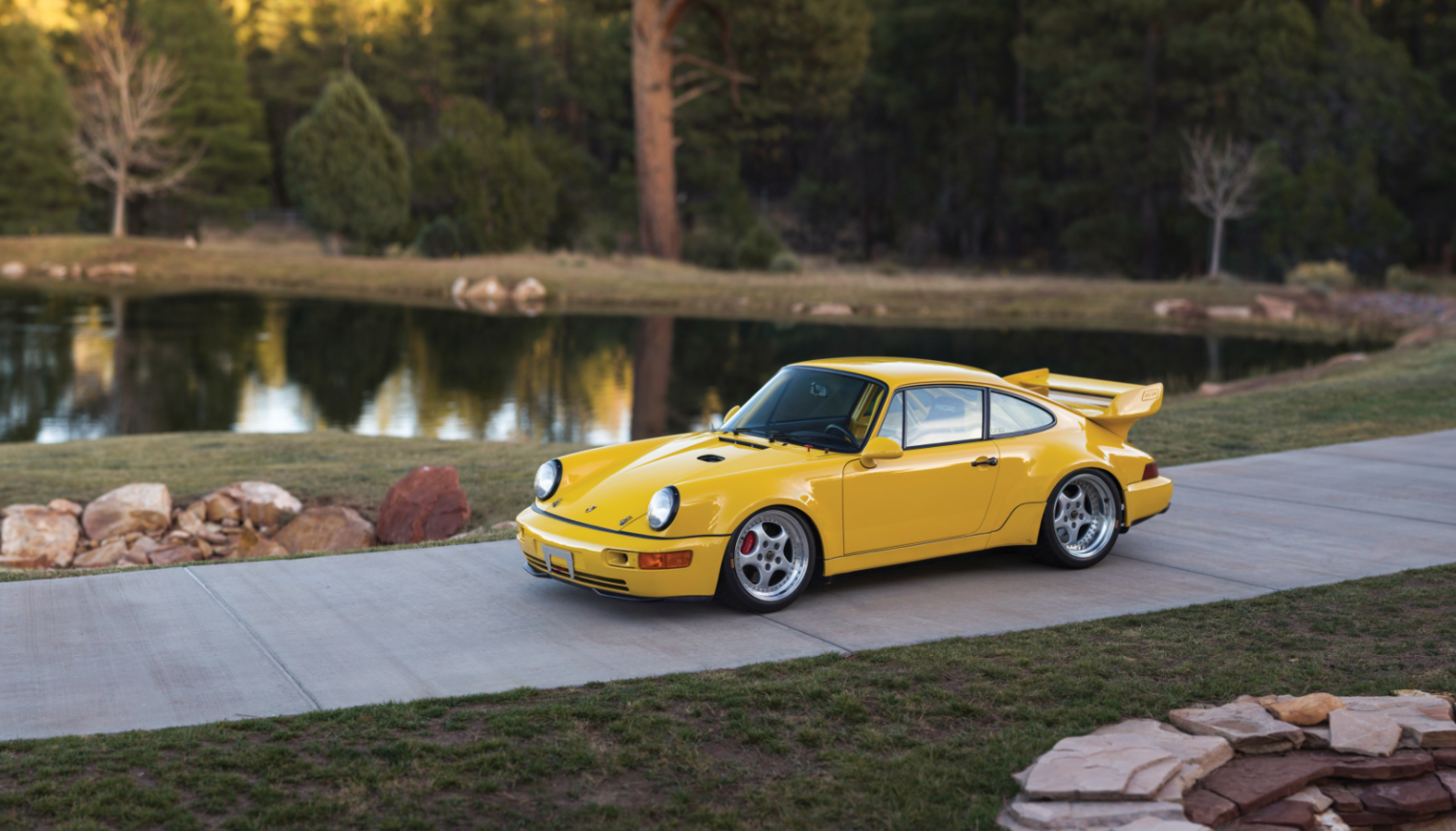
Photo Courtesy of RM Sotheby’s
So what’s the difference between this car and the car above? Well, that second “R” in the name, for starters. That is an “R” as in racing. If you look closely you’ll be able to see that there is a full roll cage in there and only one seat. It might be painted like a road-going 911, but it is a full-on race car.
Porsche is amazing because this, like many of their customer race cars, are built on the same 911 assembly line as the road cars. It wears the same Turbo-look body as the road car and has the same 3.8-liter flat-six, but in racing guise it’s good for as much as 375 horsepower. Zero to 60 came in 3.7 seconds and it topped out at 181 mph.
Porsche built 55 of these as well, enough for FIA homologation. This one was delivered new to Japan and was never competitively raced, just used at private facilities by its well-heeled owners. It’s another big money car. Click here for more info.
Update: Sold $1,270,000.
1993 Porsche 911 Carrera RS America
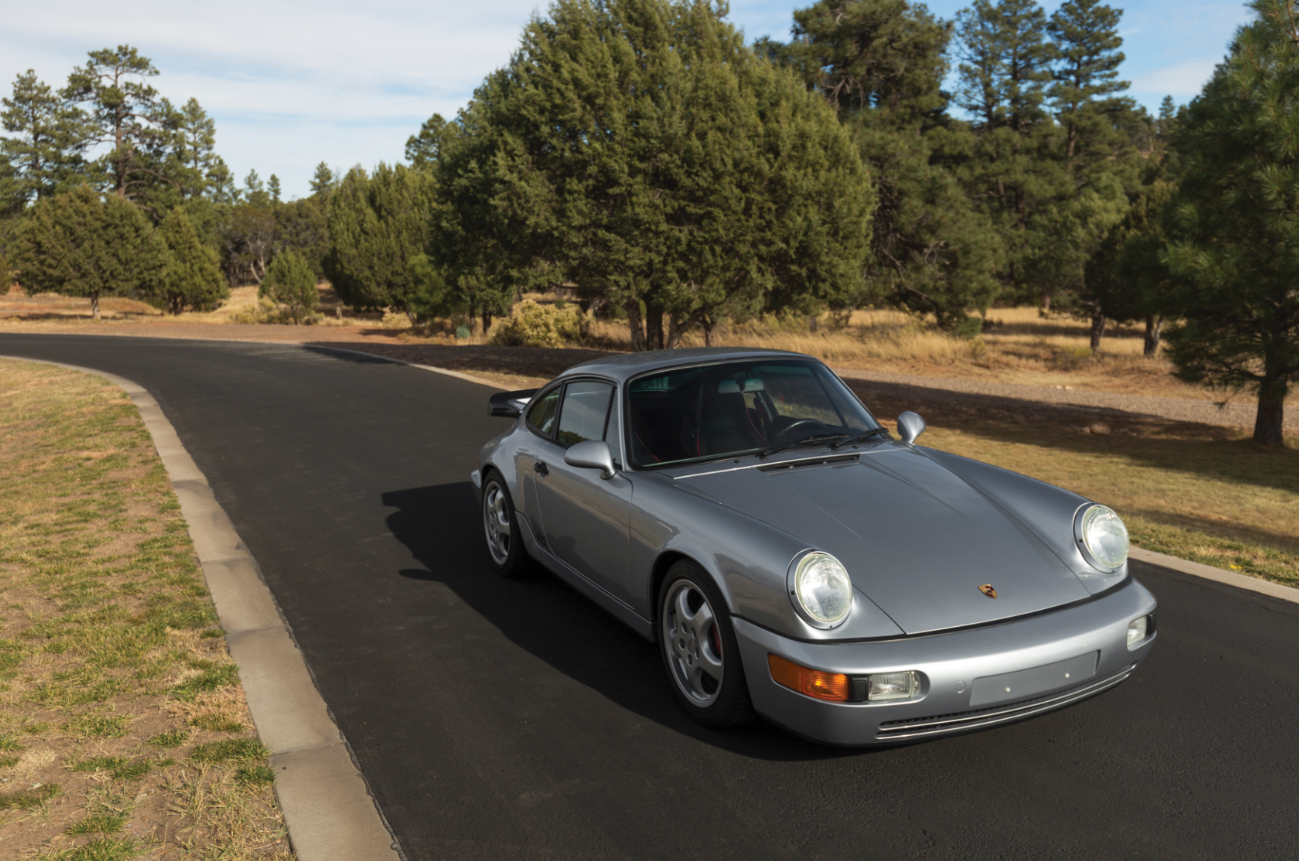
Photo Courtesy of RM Sotheby’s
Porsche built their RS models and sold them in Europe, mainly, but not in the U.S. Well, America has quite a taste for high-performance cars and they wanted in, so to make them happy, Porsche built this: the Carrera RS America.
Built for 1993 and 1994 only, the RS America features a lack of features most 911s would’ve originally had. Things like: power steering, cruise control, powered mirrors, air conditioning, sunroof, and even a radio (though you could heap some of them back on as options). The engine is a 3.6-liter flat-six making 250 horsepower. Top speed was 157 mph.
Equipped with the big “whale tail” spoiler, this Carrera RS America is #34 of 701 built. It’s a 1,600 mile car and it is street legal in the U.S. (unlike the two cars above). While this may be the least expensive of the three cars shown here, it is by no means “cheap.” Click here for more info and here for more from this sale.
Update: Sold $190,400.
